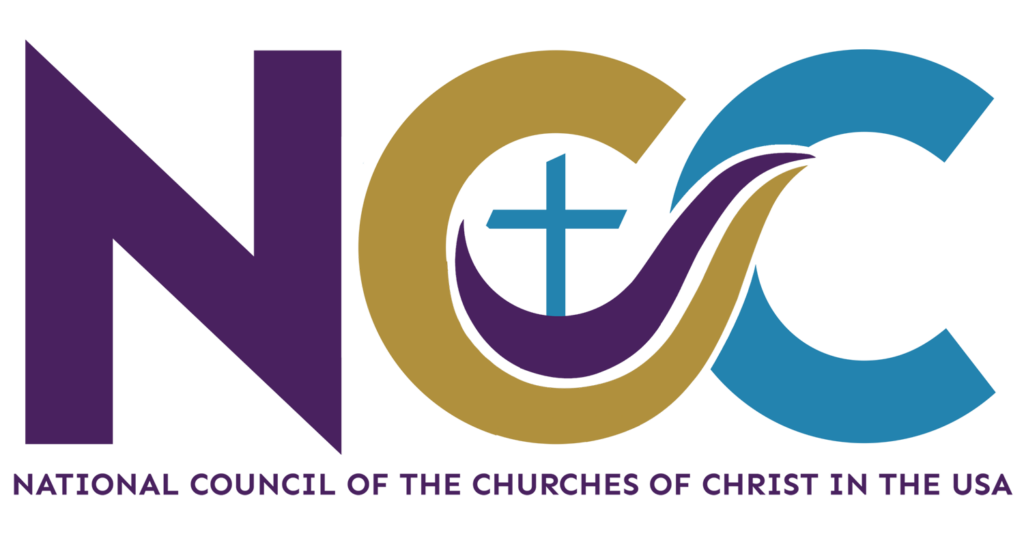“As they went away, Jesus began to speak to the crowds about John: “What did you go out into the wilderness to look at? A reed shaken by the wind? What then did you go out to see? Someone dressed in soft robes? Look, those who wear soft robes are in royal palaces. What then did you go out to see? A prophet? Yes, I tell you, and more than a prophet.”
-Matthew 11:7-9 NRSV
I can’t remember hearing it begin, but when I became aware of it, I heard the visitors up ahead of me discussing what they would do if they won the lottery. The lottery! One remarked that she had been thinking about the question for a long time. “If I win the lottery, I’ve decided that I’ll put it in a trust and use it for charity.” Another said, “I remember coming to Washington, DC when the Powerball was $1 billion. I bought a ticket; I couldn’t resist.” A typical conversation on a typical day.
But it was no typical day, nor was it a typical place.

Years ago I remember visiting a site on the Jordan River popular among Christians who would come to celebrate Jesus’s baptism. It was near the mouth of the river, close to the Sea of Galilee that feeds it. At the time, it was acknowledged that there were archaeological problems with the site, that it was perhaps too far north, close to the sites of Jesus’ Galilean ministry, but away from the Judean Wilderness where he would have been “immediately (as Mark likes to say)” driven out into the wilderness where he would be tempted.
Since that visit many years ago, the focus turned to another site indicated in the ancient Madaba Map, a mosaic map that, among other things, indicated the presence of a holy site on the river just north of the Dead Sea. Close to the wilderness where Jesus was driven by the Holy Spirit, archaeologists began comparing ancient pilgrims’ accounts with modern discoveries of four massive pillars which appeared to have supported a building. When the river mud was removed, there it was: a cruciform area between the four pillars, with steps leading down to it. It matched the most ancient accounts of the place pilgrims remembered as the exact spot where Jesus was baptized.
In 1994, Jordan and Israel signed a peace treaty which allowed the removal of land mines from this place. After a few years, churches and pilgrims are returning to this place deep in the desert.

Now, I am naturally a skeptic. It’s hard to believe that the exact spot where something took place could be identified 2000 years after it happened. But the evidence from centuries of pilgrims’ witness was persuasive. When our guide explained the way the building had been continuously rebuilt after centuries of floods and earthquakes, that Christians had persistently worked to memorialize a very inconvenient place in a riverbed, I must say I was satisfied.
We were given permission to go down to the water. I went down, placed my hand in the water, and touched my forehead. I remembered my baptism, and I was thankful. I gave thanks to God who had graciously given me the strength and peace to endure the most difficult trials of my life. Overwhelmed, I did my best to “man up,” even when tears flowed as generously as God’s kindness in this profound moment.
Sometimes you just need to be silent. You sometimes need the world to get out of the way, to allow you a holy moment. Even as the heavens opened to me that day, it was not meant to be.

This was the moment in which I overheard the conversation. It seemed an instance of bad timing, insensitivity, or worse, as I overheard fellow pilgrims imagining their lottery winnings. How could they? Out here where time begins and ends, this place where John the Baptist, Jesus, and thousands of our spiritual ancestors came to experience the harshness and deprivation found here? Why imagine the spoils of lottery winnings here, of all places?
Here’s why: because life is life. We are the same human beings in these holy places as we are anywhere else. Perhaps we are the disciples themselves, with whom Jesus pleaded, “You faithless generation, how much longer must I be among you? How much longer must I put up with you? (Mark 9:19 NRSV)”
But here at the site of Jesus’s baptism, here in the middle of the wilderness, it was quiet. At these ancient waters, where the grace of God came to me, of all people, it was silent enough to hear the noise. And the silence was enough to allow me to hear the noise inside myself. Without this holy silence, I would have never heard the noise in my own heart.
In a world in which there’s plenty of noise, we need more of these silent places in our lives.
Read part three of Steve’s reflections from Jordan
(Note: NCC Director of Communications and Development Rev. Steven D. Martin is participating in an ecumenical study tour of Jordan’s holy sites. Photos, plus a few words, will be shared in this space.)
